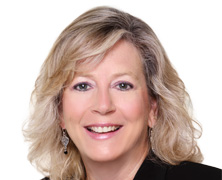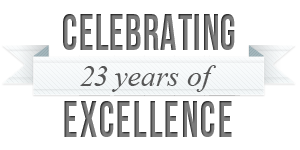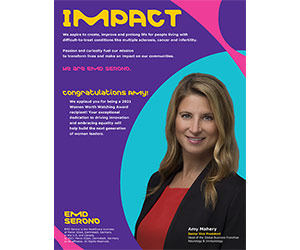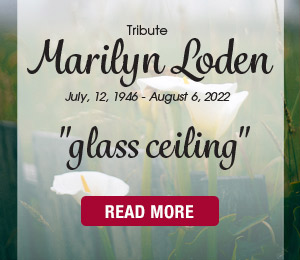I am an industrial engineer and I am a statistic. I am one of the 74 percent of women with a STEM degree who doesn’t work in a STEM field. I didn’t plan it this way—it just happened. Here’s my story:
I grew up in a very small town in the Midwest where the majority of our neighbors were either farmers or autoworkers. Working hard and making personal sacrifices was a way of life—one that I personally observed with my own parents. My parents made it clear to me at an early age that attending college was non-negotiable. My high school guidance counselor apparently recognized my love of math and science and guided me toward engineering. I was clueless about engineering—I thought engineers wore denim overalls and drove trains. Needless to say, I was not thrilled. He took the time to take me to a local engineering event where women were sharing stories about their engineering careers and I was hooked.
I chose industrial engineering because it embraced all the components which fascinate me: people, process, and technology. I initially deployed my industrial engineering skills in automotive manufacturing plants with focus on data analytics and process improvements designed to drive increased productivity and efficiency. I quickly learned that rolling up my sleeves and solving problems was my thrill ride.
Over the years, my passion for problem solving led me into field service, global sales, and ultimately global operations leadership roles. While I can’t say that I am in a true STEM field, I use my fundamental engineering principles every day. Using data analytics to predict business trends and to drive sound business decisions is a natural part of my DNA. I’ve never met a Red, Yellow, Green chart that I didn’t love! Wrapping process and technology around innovative solutions and delivering those solutions through the engagement of people is a very fulfilling challenge.
So, when I think about why there is a shortage of women in STEM-related fields, maybe their stories are a lot like mine—they didn’t plan it this way. It just happened. We can address the gap by doing what we do best as women—by networking, sponsoring each other, and sharing stories. I am an engineer who uses engineering principles to solve problems every day and I have no regrets about the path not taken. My journey is far from over and I am thoroughly enjoying the ride!







